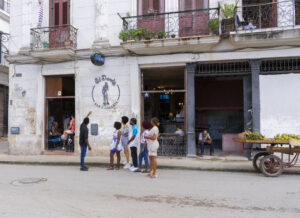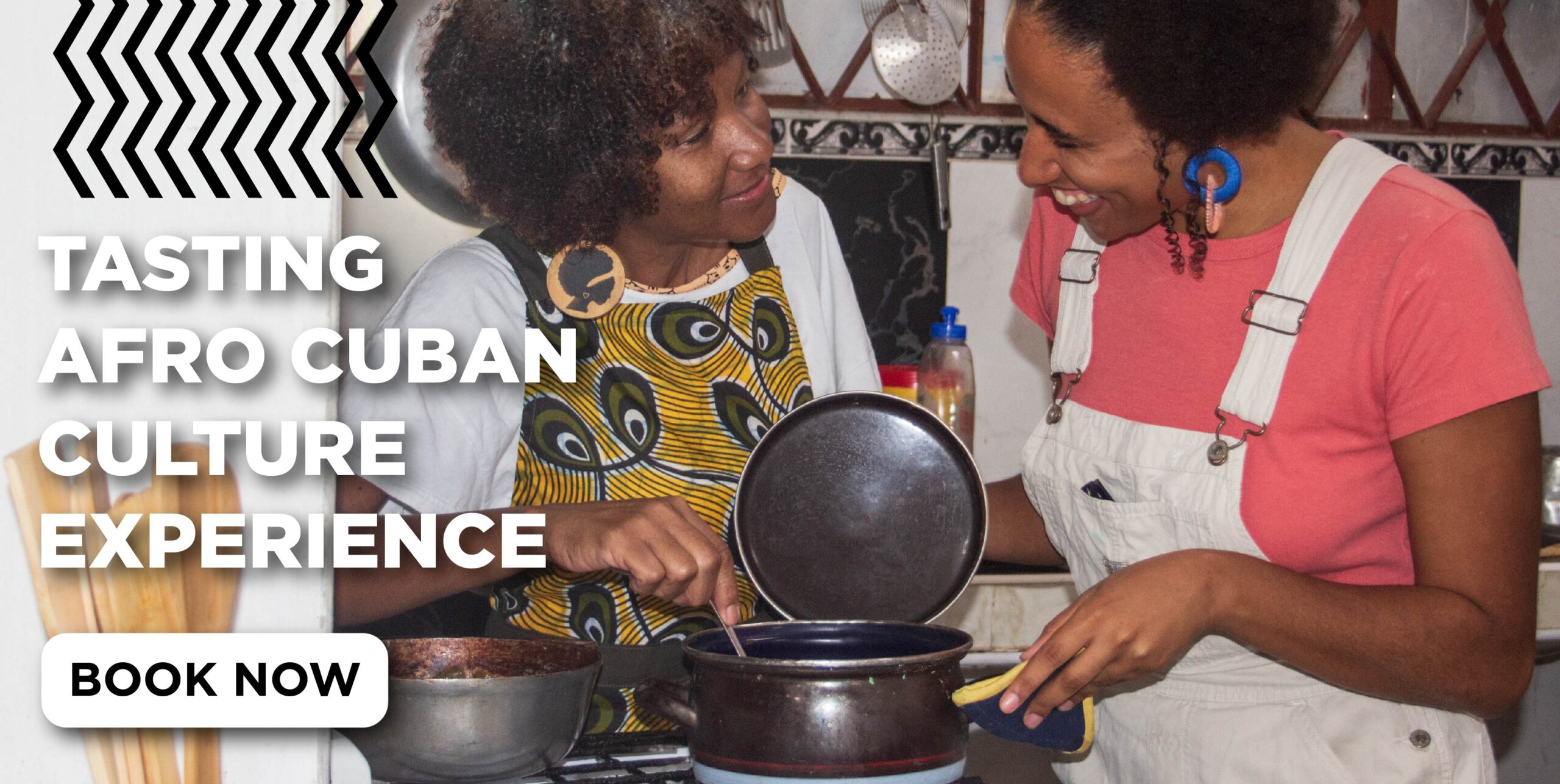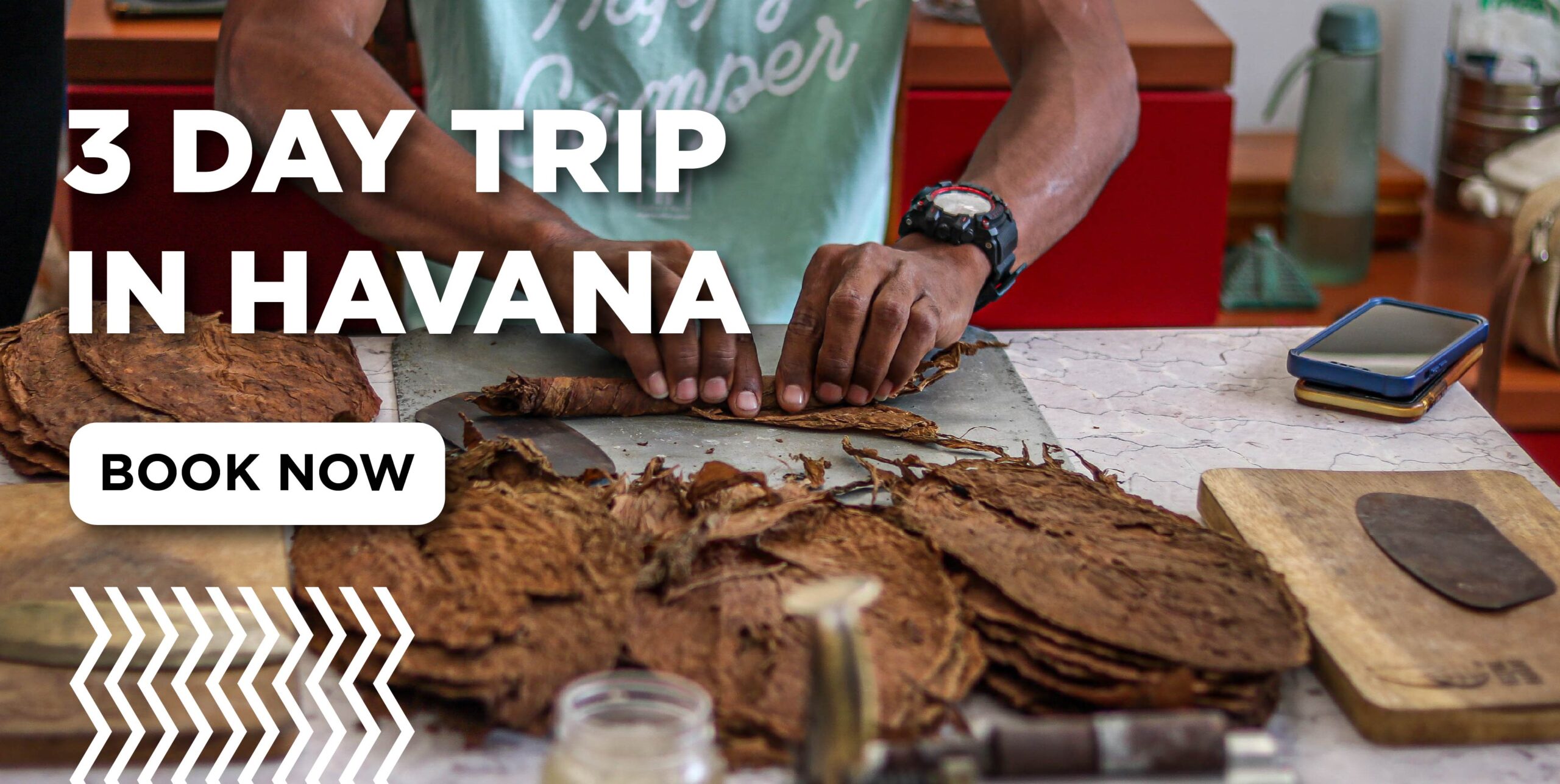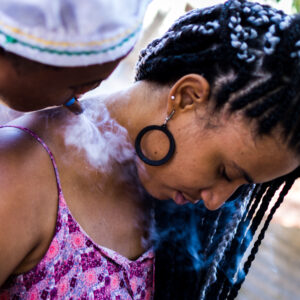
African Footprints in Havana: Tracing Black History Through the City
Havana is a city built on layers of history, where African heritage is present not just in the people, the music, and the traditions, but in the very fabric of its streets. The footprints of Africa run deep here—hidden in plain sight, waiting to be discovered by those willing to look beyond the postcard images of vintage cars and colonial facades.
This is not just a walk through Havana. This is a journey through the African footprints that have shaped its identity, resilience, and culture.








